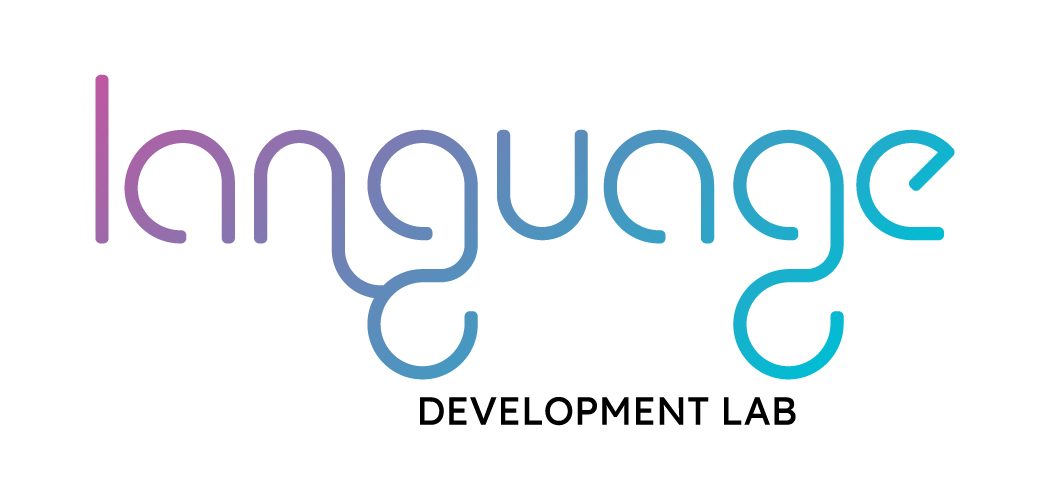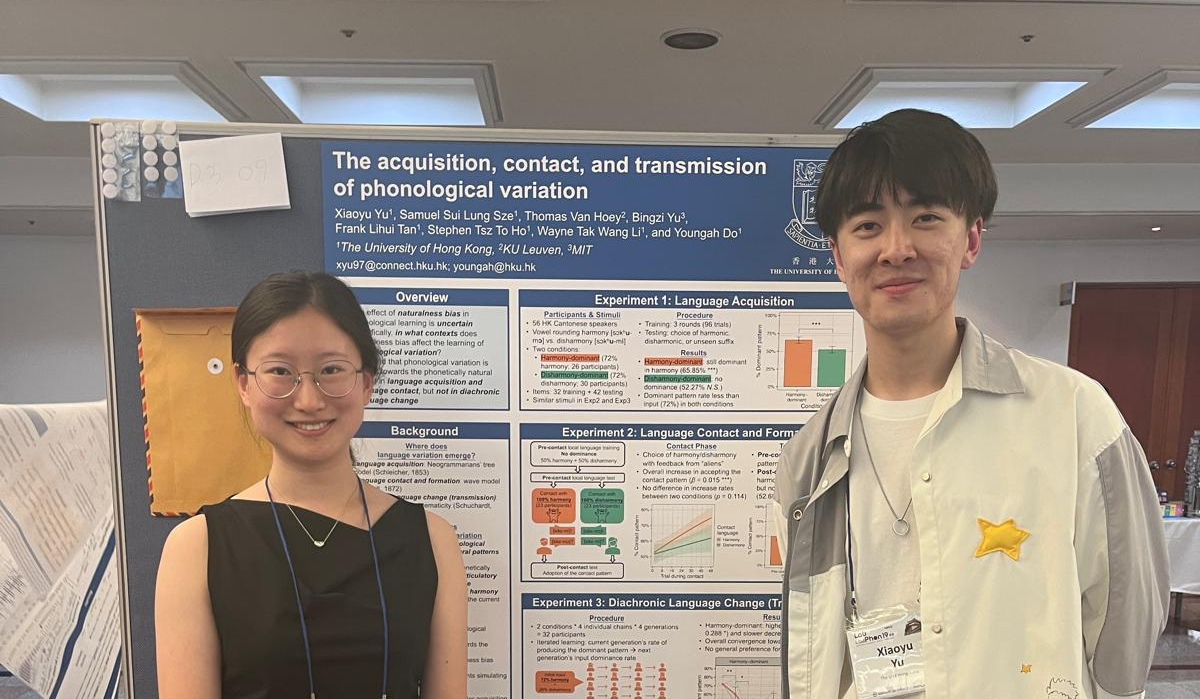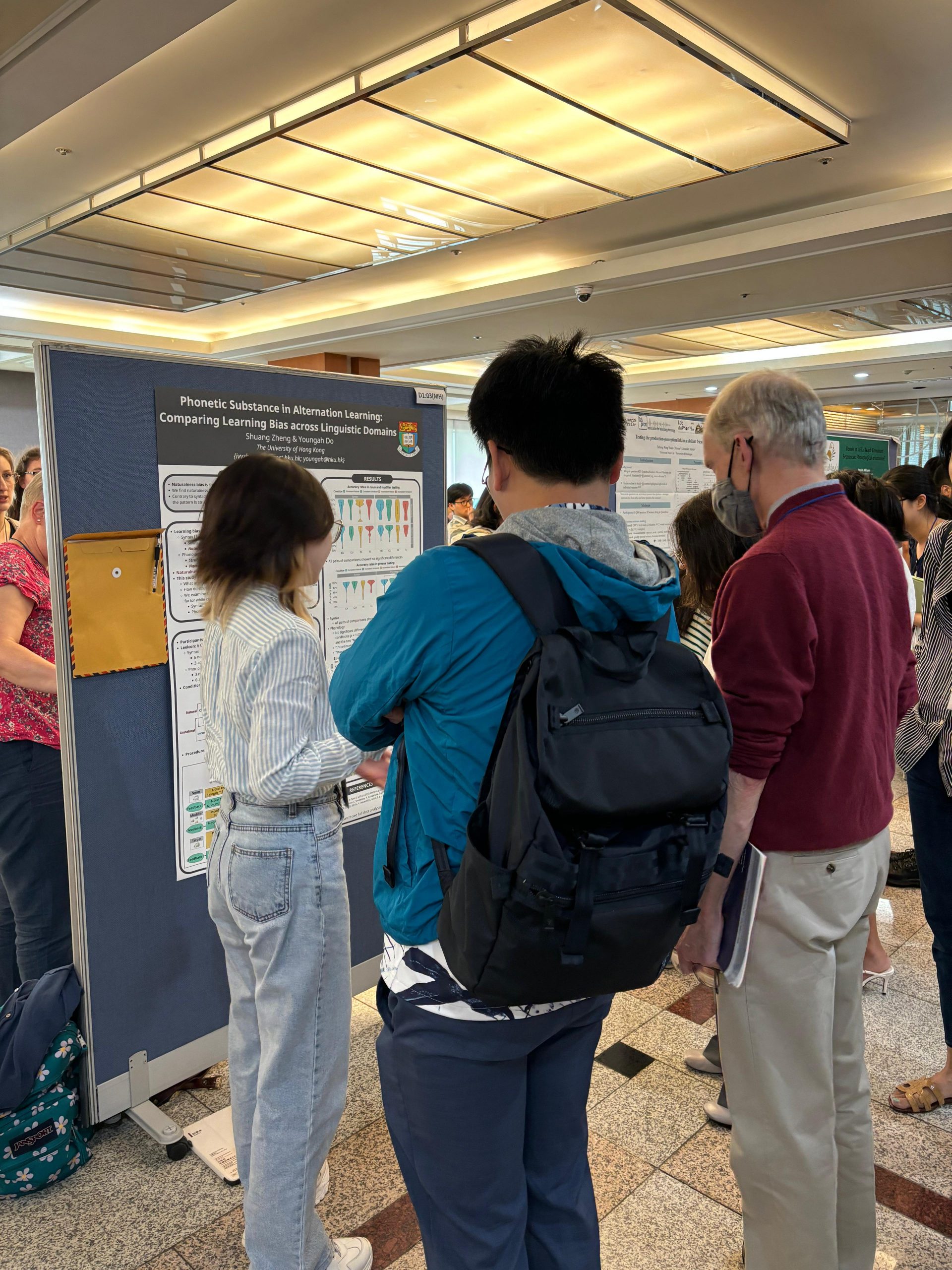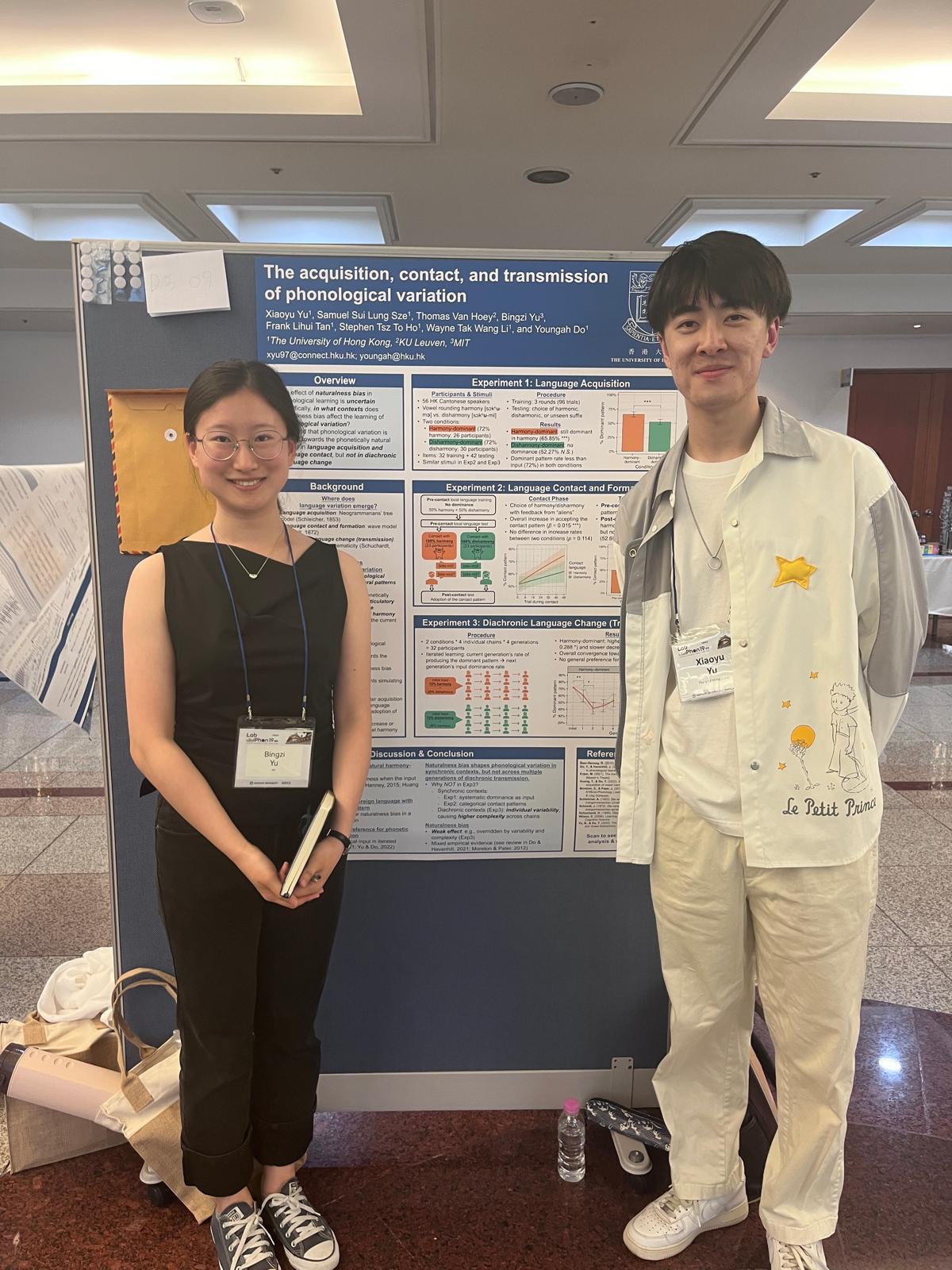We are pleased to announce the publication of a new paper by Samuel, Xiaoyu, Thomas, Bingzi, and Youngah. The paper, titled “Bilinguals’ Advantages in Executive Function: Learning Phonotactics and Alternation,” has been published in Second Language Research.
This study investigates the relationship between phonotactics and alternation in phonological acquisition and explores whether bilingual speakers have an advantage in learning alternation patterns that are not fully supported by phonotactics. Phonotactics refers to the legal sequences and structures within a language’s phonology, while alternation involves context-sensitive changes in morphemes. The research predicts that bilinguals, due to their enhanced executive function and multitasking abilities, will outperform monolinguals in handling multiple independent phonological pattern learning tasks simultaneously.
The findings reveal that bilingual participants successfully learned alternation patterns regardless of their consistency with stem-internal phonotactic patterns. In contrast, monolinguals only acquired alternation patterns with full phonotactic support. This suggests that bilingualism may confer advantages in managing phonotactics and alternation learning tasks simultaneously.
Sze, S. L., Yu, X., Van Hoey, T., Yu, B., & Do, Y. (2025). Bilinguals’ advantages in executive function: learning phonotactics and alternation. Second Language Research. open_in_new DOI







